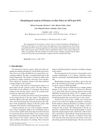Hair Fibers
aka - Toppik
Hair fibers, often referred to as hair building fibers, are a cosmetic solution designed to temporarily conceal hair loss. These tiny, statically charged fibers, often made of keratin, adhere to existing hair, creating the appearance of fuller, thicker hair.
Hair fibers do not play a role in promoting hair growth or preventing hair loss, and are purely cosmetic. When applied to the scalp and hair, the fibers cling to individual hair strands, significantly reducing the visibility of the scalp through thinning hair. This effect can create an illusion of density and volume, making hair appear fuller instantly.
Studies and product reviews often highlight their utility in improving the aesthetic appearance of hair, contributing to an increase in confidence and self-esteem in individuals experiencing hair loss. For instance, a study published in the Indian Dermatology Online Journal described the use of commercial "hair-building" fibers by a patient with hair loss. Trichoscopy revealed the presence of these fibers on the scalp, which mimicked the appearance of natural hair, even though they did not contribute to actual hair growth or prevent hair loss.
The community's sentiment toward hair fibers is generally positive, with many users appreciating the immediate improvement in the appearance of their hair. Discussions within the community reveal that hair fibers are particularly valued for their ability to boost confidence during social interactions and everyday activities. However, users also acknowledge the temporary nature of this solution and the need for careful application to achieve a natural look. Some community members share tips on application techniques and recommend specific brands or products that have worked well for them.
In summary, hair fibers serve as a cosmetic quick fix for concealing thinning hair and bald spots, offering an immediate but temporary enhancement of hair's visual density. They are a valuable tool in the broader strategy of managing hair loss, particularly for those seeking non-invasive solutions.
Research
20 / 1000+ results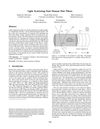
research Light Scattering from Human Hair Fibers
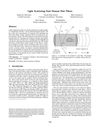
research Light Scattering from Human Hair Fibers
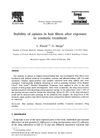
research Stability of Opiates in Hair Fibers After Exposure to Cosmetic Treatment

research A Discourse on Human Hair Fibers and Reflections on the Conservation of Drug Molecules
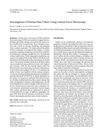
research Investigation of Human Hair Fibers Using Lateral Force Microscopy
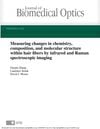
research Measuring Changes in Chemistry, Composition, and Molecular Structure Within Hair Fibers by Infrared and Raman Spectroscopic Imaging
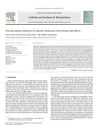
research The Adsorption Behavior of Cationic Surfactant onto Human Hair Fibers
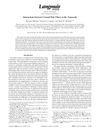
research Interactions Between Crossed Hair Fibers at the Nanoscale
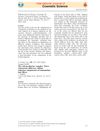
research The Cell Membrane Complex: Three Related but Different Cellular Cohesion Components of Mammalian Hair Fibers

research Experimental Investigations on Hair Fibers as Diffusion Bridges and Opiates as Solutes in Solution
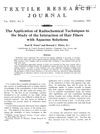
research The Application of Radiochemical Techniques to the Study of the Interaction of Hair Fibers with Aqueous Solutions
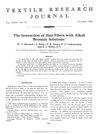
research The Interaction of Hair Fibers with Alkali Bromide Solutions

research Systems Approach to Human Hair Fibers: Interdependence Between Physical, Mechanical, Biochemical, and Geometric Properties of Natural Healthy Hair
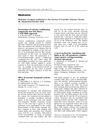
research Investigation of Penetration Abilities of Various Oils into Human Hair Fibers
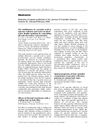
research Analyzing the Laser-Light Reflection from Human Hair Fibers: Deriving a Measure of Hair Luster

research Secondary Ion Mass Spectrometric Investigation of Penetration of Coconut and Mineral Oils into Human Hair Fibers: Relevance to Hair Damage
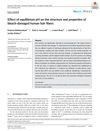
research Effect of Equilibrium pH on the Structure and Properties of Bleach-Damaged Human Hair Fibers
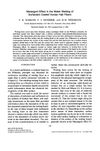
research Marangoni Effect in the Water Wetting of Surfactant Coated Human Hair Fibers
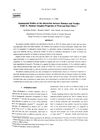
research Fundamental Studies on the Interaction Between Moisture and Textiles. Part X. Moisture Sorption Properties of Wool and Hair Fibers
